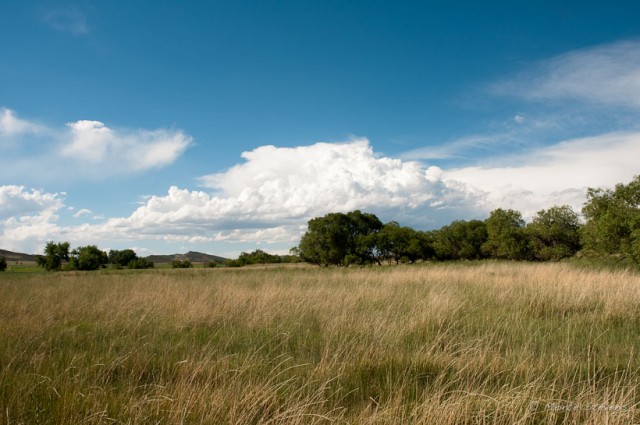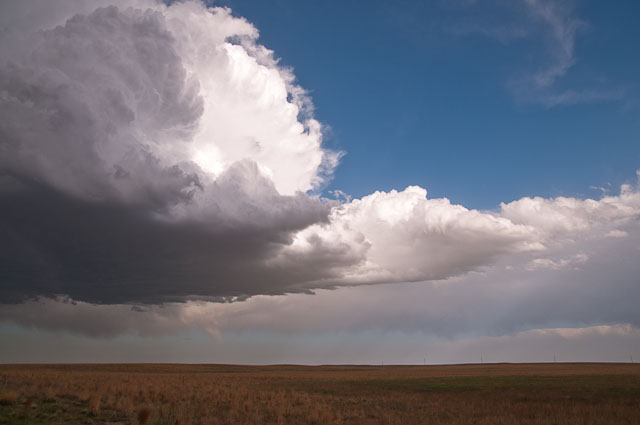
-
-
… live in infamy
Seventy years ago on December 7, 1941 a Japansese force consisting of six carriers with 423 planes began an attack on Pearl Harbor. By 9:45 am casualties included servicemen and civilians with many people wounded. The Japansese suffered minimal losses and severely crippled the U.S. naval and air strength in the Pacific. During the attack the USS Arizona sank with a loss of more than 1,100 men. The following is an exert from a story about one of the survivors of that attack and wanted to share it with you. My ex-father-in-law, who died several years ago, was also a survivor of the attack.
Lee Soucy decided that when he died he wanted to join his shipmates killed in the attack on Pearl Harbor. Soucy lived to be 90, passing away just last year. On Tuesday, seven decades after dozens of fellow sailors were killed when the USS Utah sank on Dec. 7, 1941, a Navy diver will take a small urn containing his ashes and place it in a porthole of the ship.
The ceremony is one of five memorials being held this week for servicemen who lived through the assault and want their remains placed in Pearl Harbor out of pride and affinity for those they left behind. “They want to return and be with the shipmates that they lost during the attack,” said Jim Taylor, a retired sailor who coordinates the ceremonies.
The memorials are happening the same week the country observes the 70th anniversary of the aerial bombing that killed 2,390 Americans and brought the United States into World War II. A larger ceremony to remember all those who perished will be held Wednesday just before 8 a.m. Hawaii time — the same moment the devastating attack began.
Most of the 12 ships that sank or were beached that day were removed from the harbor, their metal hulls salvaged for scrap. Just the Utah and the USS Arizona still lie in the dark blue waters. Only survivors of those vessels may return in death to their ships.
If you’re interested you can read the full story here.
-
Open Space

Open spaces “…mere open space, a lack of trees, and vegetation that doesn’t rise above the height of a man’s head do not make a prairie…prairie refers to a natural community which, like a giant organism, is composed of a multitude, a sum total of its parts. It is a complex ecosystem of grasses, flowering annual and perennial plants, shrubs, a few trees, and a variety of wildlife, from the macro-vertebrate to the microcosmic.” From Mary Taylor Young, Land of Grass and Sky: A Naturalist’s Prairie Journey (2002), page 101
This was taken about 15 miles east of my apartment. Of course where my apartment is used to be 15 miles east of town. Large raindrops were falling, wind was blowing and temperatures were dropping as the storm clouds moved across the prairie.